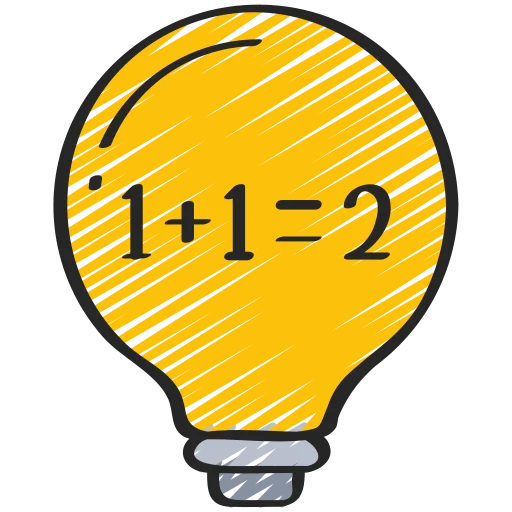0
Notifications Mark All Read
- Login
- Get Prime
Quants Menu
- HCF and LCM
- Number System
- Number Decimals & Fractions
- Surds and Indices
- Divisibility
- Ages
- LCM
- HCF
- Inverse
- Speed Time and Distance
- Work and Time
- Boats and Streams
- Pipes and Cisterns
- Averages
- Allegations and Mixtures
- Ratio and Proportions
- Simple & Compound Interest
- Simple Interest
- Compound Interest
- Percentages
- Profit & Loss
- Successive Discount 1
- Successive Discount 2
- AP GP HP
- Arithmetic Progressions
- Geometric Progressions
- Harmonic Progressions
- Probability
- Permutation & Combination
- Combination
- Circular Permutation
- Geometry
- Heights and Distances
- Perimeter Area and Volume
- Coordinate Geometry
- Venn Diagrams
- Set Theory
- Algebra
- Linear Equations
- Quadratic Equations
- Logarithms
- Clocks
- Calendars
- Clocks and Calendars
- Finding remainder of large powers
Decimal Fraction Question with Solution
Decimal Fraction Question
On this page, you will learn about the Decimal Fraction Questions with solution, with the types of Decimal Fractions and also some solved questions with explanation.

Types of Decimal and Fraction
The decimals is of two types :
- Non recurring decimal or terminating decimal
As the name proposes, non-recurring signifies the number which do not reappear or reiterate that is they terminate or come to an end such as, 0.5, 0.25, as well as 0.125 or more. For the mater of converting these fractions, only the numerator has to be divided with the denominator. For instance, if you have to convert 1/4 into a decimal then you need to divide 1 by 4 to get the answer as 0.25.
Converting 0.5 into fraction
0.5 = 5 / 10
= 1 / 2, or
converting 1/4 into Decimal
Dividing 1 by 4 we will get
= 0.25
- Recurring decimal or non-terminating decimal
It can be said from the name itself that signifies the number which reappears or reiterate that is they do not terminate or come to an end, such as. 0.333…, 0.545454…. and more. For converting these fractions, all we have to do is to divide the numerator with the denominator. For instance, if you want to convert 1/3 in a decimal, then divide 1 by 3 to get the result as 0.333…
Converting 1/3 into decimal
Dividing 1 by 3 we will get
= 0.333..
Prime Course Trailer
Related Banners
Get PrepInsta Prime & get Access to all 200+ courses offered by PrepInsta in One Subscription
Also Check Out
Decimal Fraction Question with Solution

Please login to report
Get over 200+ course One Subscription
Courses like AI/ML, Cloud Computing, Ethical Hacking, C, C++, Java, Python, DSA (All Languages), Competitive Coding (All Languages), TCS, Infosys, Wipro, Amazon, DBMS, SQL and others
- HCF and LCM – Questions Formulas | How to Solve Quickly | Tricks & Shortcuts
- Number System – Questions | Formulas | How to Solve Quickly | Tricks & Shortcuts
- Surds and Indices – Questions | Formulas | How to Solve Quickly | Tricks & Shortcuts
- Divisibility – Questions | Formulas | How to Solve Quickly | Tricks & Shortcuts
- Ages – Questions | Formulas | How to Solve Quickly | Tricks & Shortcuts
- LCM – Questions | Formulas | How to Solve Quickly | Tricks & Shortcuts
- HCF – Questions | Formulas | How to Solve Quickly | Tricks & Shortcuts
- Inverse – Questions | Formulas | How to Solve Quickly | Tricks & Shortcuts
- HCF and LCM –
Questions
Formulas |
How to Solve Quickly |
Tricks & Shortcuts - Number System –
Questions |
Formulas |
How to Solve Quickly |
Tricks & Shortcuts - Surds and Indices-
Questions |
Formulas |
How to Solve Quickly |
Tricks & Shortcuts - Divisibility –
Questions |
Formulas |
How to Solve Quickly |
Tricks & Shortcuts - Ages –
Questions |
Formulas |
How to Solve Quickly |
Tricks & Shortcuts

 0
0



Login/Signup to comment